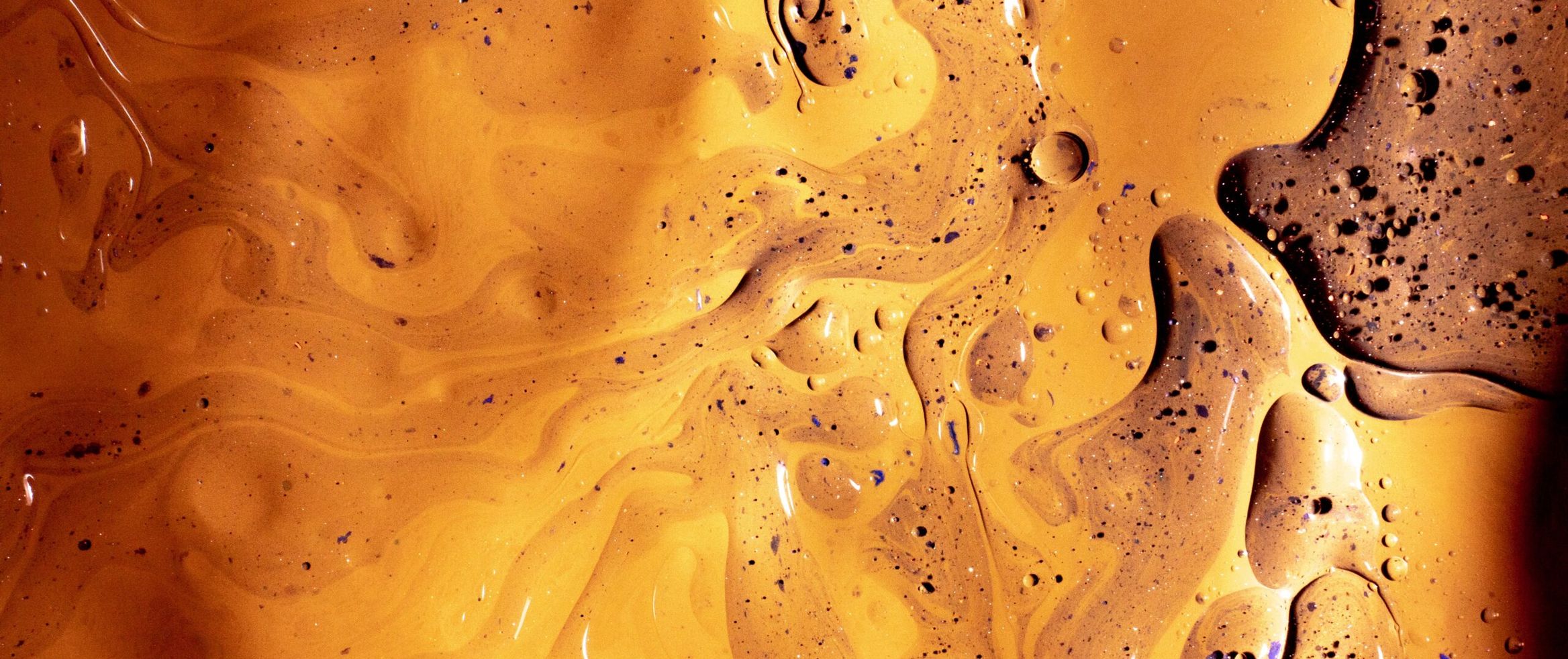Recommended Skincare
Morning:
1. Sulfactil Cleanser
2. Acticlear Gel
3. Niactil 4% (thin layer)
Evening:
1. Acticlear Cleanser
2. Acticlear Pads (3-4 x week)
3. Acticlear Gel

Skin Condition
Symptoms of excessively oily skin are a shiny skin surface particularly on the forehead, nose and chin.

The pores of the skin are generally enlarged, and the skin’s ability to repels the dead skin cells is reduced, this is in part due to over production of sebum, the agent that binds the skin cells together. The end results of this condition is that the skin often appears to be rough and sallow. Sebum is the body’s natural agent to keep the skin healthy, too much of it can result in unfavorable bacterial conditions resulting in inflammation, clogged pores, and acne.

Why do we get oily skin?
Basically, excessively oily skin is the result of the over production of sebum within the sebaceous glands and is often a genetic condition which one will inherit.
What are the indicators of oily skin?
A common indication that one may be prone to chronic oily skin conditions is that the skin appears skinny or glossy, especially over the center of the face known as the T-Zone. It may be accompanied by inflammation of the skin. One may find that the pores are enlarged and open and the skin will feel flaky and have an un-even tone.
How to treat oily skin?
It is essential that the skin is kept clean with products containing active ingredients that can regulate the production of sebum. Cleansing should be carried out both morning and evening. One should also regularly undergo a peeling treatment with products containing active ingredients that help to exfoliate the pore linings and remove dead skin cells. Application of creams and gels that regulate the production of sebum should be done on a daily basis, these products should contain agents such as Azelaic Acid, Niacinamide, Retinol, Sulfur or Salicylic Acid.
Recommended Skincare
Morning:
1. Sulfactil Cleanser
2. Acticlear Gel
3. Niactil 4% (thin layer)
Evening:
1. Acticlear Cleanser
2. Acticlear Pads (3-4 x week)
3. Acticlear Gel
